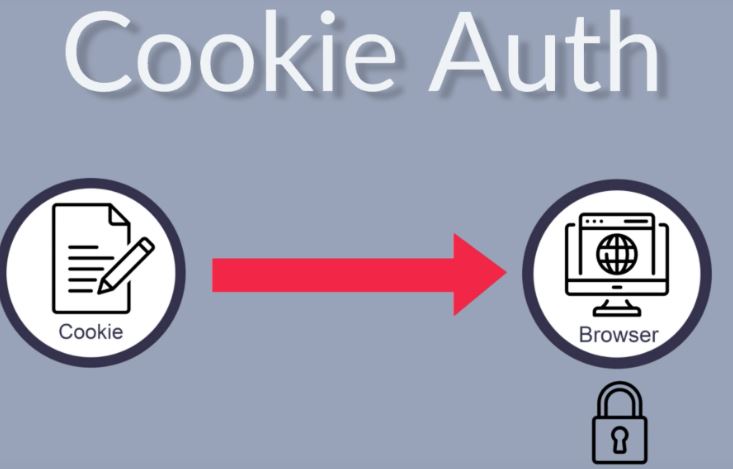In the ever-evolving landscape of cybersecurity, cookie-based authentication has long been a staple for maintaining user sessions and ensuring secure access to web applications. However, recent developments and findings have highlighted significant vulnerabilities associated with this method, raising concerns among cybersecurity professionals and tech enthusiasts alike.
Cookie-based authentication works by storing a session identifier in a user’s browser cookie, which is sent to the server with each request. While this method is convenient and widely used, it is not without its flaws. One of the primary concerns is the susceptibility of cookies to various attacks, such as cross-site scripting (XSS), cross-site request forgery (CSRF), and session hijacking.
Cross-Site Scripting (XSS)
XSS attacks occur when an attacker injects malicious scripts into a trusted website. These scripts can then be executed in the context of another user’s session, allowing the attacker to steal cookies and hijack sessions. This vulnerability is particularly concerning for cookie-based authentication, as it can lead to unauthorized access to sensitive information and user accounts.
Cross-Site Request Forgery (CSRF)
CSRF attacks exploit the trust that a website has in a user’s browser. By tricking the user into making an unwanted request, an attacker can perform actions on behalf of the user without their knowledge. Since cookies are automatically sent with each request, CSRF attacks can be particularly effective against cookie-based authentication systems, leading to unauthorized actions and data breaches.
Session Hijacking
Session hijacking involves intercepting and stealing a user’s session cookie, allowing the attacker to impersonate the user and gain access to their account. This can be achieved through various means, such as network sniffing, man-in-the-middle attacks, or exploiting vulnerabilities in the web application. Once the session cookie is obtained, the attacker can bypass authentication mechanisms and access sensitive information.
Recent Incidents and Vulnerabilities
Several recent incidents have highlighted the risks associated with cookie-based authentication. For instance, Google recently addressed a high-severity security vulnerability (CVE-2024-7971) in its Chrome browser, which was actively exploited in the wild. This vulnerability, caused by a type confusion bug in the V8 JavaScript and WebAssembly engine, underscores the importance of addressing security flaws in widely used software. Read more.
Another notable example is the exploitation of ConnectWise flaws to deploy LockBit ransomware. Security experts warned that these vulnerabilities were ’embarrassingly easy to exploit,’ leading to several LockBit attacks. This incident highlights the need for robust security measures and timely patching to mitigate the risks associated with remote access tools. Read more.
Mitigating the Risks
To mitigate the risks associated with cookie-based authentication, several best practices can be implemented:
- Use Secure and HttpOnly Flags: Setting the Secure flag ensures that cookies are only sent over HTTPS, while the HttpOnly flag prevents client-side scripts from accessing the cookie.
- Implement SameSite Attribute: The SameSite attribute restricts how cookies are sent with cross-site requests, reducing the risk of CSRF attacks.
- Regularly Update and Patch Software: Keeping software up to date and applying security patches promptly can help mitigate vulnerabilities and reduce the risk of exploitation.
- Employ Multi-Factor Authentication (MFA): MFA adds an extra layer of security by requiring users to provide additional verification, such as a one-time code, in addition to their password.
- Monitor and Respond to Security Incidents: Regularly monitoring for suspicious activity and having a response plan in place can help detect and mitigate security incidents promptly.
In conclusion, while cookie-based authentication remains a widely used method for maintaining user sessions, it is essential to be aware of its vulnerabilities and take proactive measures to mitigate the associated risks. By implementing best practices and staying informed about the latest security developments, organizations can enhance their security posture and protect their users from potential threats.
Ready to Transform Your Hotel Experience? Schedule a free demo today
Explore Textify’s AI membership
Explore latest trends with NewsGenie
